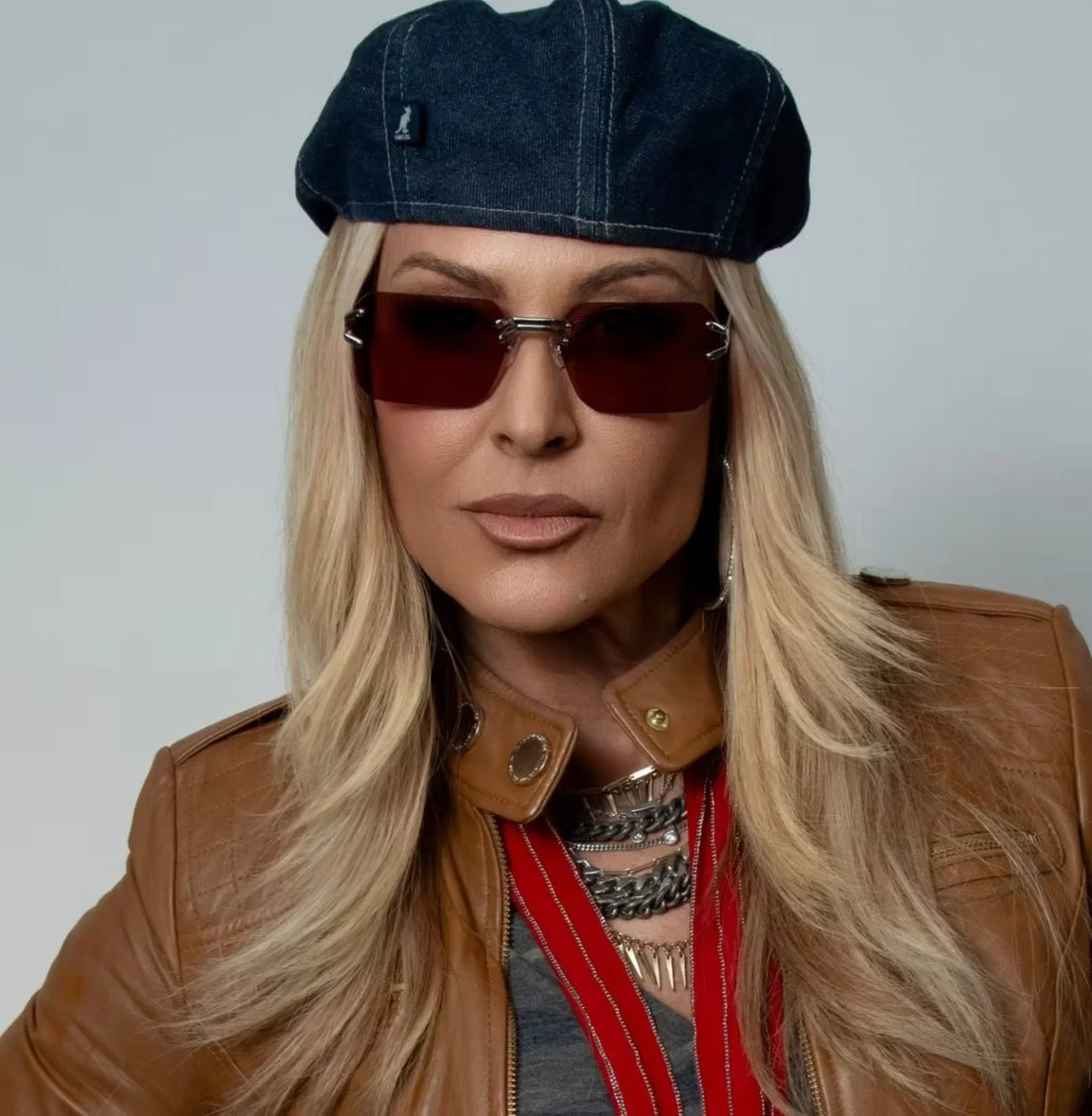On Women’s Media
Photography by Marit Simons. Courtesy of HURS.
On Women’s Media
We’re excited to announce the launch of On Women’s Media, an inaugural HURS white paper. Created in partnership with female-led research agency The Mix, On Women’s Media uncovers how luxury brands and media publications can reinvent the style media category – beyond aspiration – to create community, value and growth.
By Bonnie Langedijk
The relationship between women and the media has always been a complicated one. Research often focuses solely on the physical portrayal of women in media and how it impacts our self esteem. Few studies go deeper to explore how the narratives, the talent, and the topics these publications feature affect women. Style media in particular has historically told women how to dress, what to buy, and how to act in order to become ‘the best version of themselves.’
But their top-down playbook is no longer enough. With consumers having plenty of options to choose from, many are distancing themselves from the well-known titles of our time that were exclusionary by design.
Legacy media brands have lost their position as the conduit to culture. Over the past decade, there’s been a paradigm shift in the media landscape: a redefinition of where consumers spend their time and money and how they interact with media brands, as well as how these media brands index on trust, value, and relevance. Once upon a time, reading the well-known style titles of our time showcased that you were in-the-know. That’s no longer the case.
“Media publications who are not putting their readers first and lack a DISTINCT point of view risk losing their cultural relevance – and, with it, the next generation of readers.”
The mainstream publications used to be the translators of style. As the middleman between consumers and brands or celebrities these titles were the gatekeepers to information, inspiration and access. But the rise of social media fragmented the media landscape. Today, consumers have direct access to the people, brands, and places they deem relevant, and can interact with them on their terms. On the flip side, brands and celebrities no longer need publications to connect with an audience either. With followings that often exceed that of the aforementioned titles, they’ve become media brands in their own right. Now, they own not only the content they create but also the access to the audience they engage with. Additionally, media companies have become increasingly reliant on advertisers to keep their businesses afloat. A sea of publications now prioritize their relationship with brands and celebrities over showcasing their true opinions, resulting in a homogeneous media landscape. Consumer magazine digital advertising revenues will reach $11.3 billion by 2023, while print advertising revenues will account for $10.3 billion. The promise of magazines once was one of offering a unique point of view. But what happens when their survival is increasingly contingent on keeping those footing the bill happy?
Media has to redefine its purpose for today’s world. There’s value in connecting with brands and celebrities directly, but telling someone you’re great will never be the same as someone else saying it. And there’s a power to being showcased within a context of culture, sharing the spotlight with brands, products and people that live within the same ecosystem. In the oversaturated world of style, many consumers are looking for a filter. An independent voice that shares without dictating, isn’t afraid to ask the hard questions, and introduces both brands and audiences to what’s new or overlooked. The new blueprint of success for style media brands lies in bringing value to their readers. They want niche over mass, authenticity over perfection, inspiration over aspiration, support over empowerment, and community over crowds. “On Women’s Media” is a framework for media and luxury brands to understand how to redefine their position in culture and regain relevance for today’s reader.




